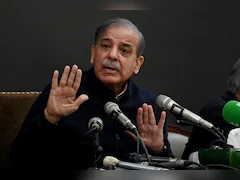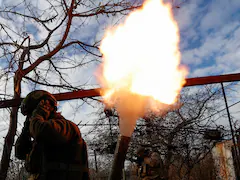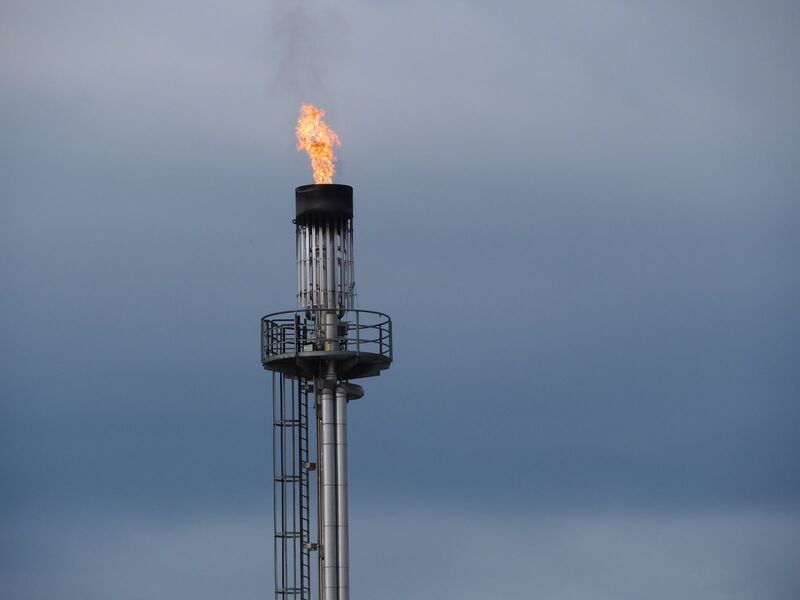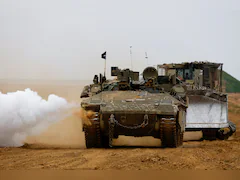“Shootin’ The Bull”
End of Day Market Recap
by Christopher Swift
2/23/2024
Live Cattle:
In my opinion, there is something fishy going on. I have a theory that I am forming in which it appears there are some entities attempting to gain market share. When the hog industry was to be vertically integrated, most operations were still farrow to finish. Hence, dropping the price to $10.00cwt was necessary to put multiple smaller operations out of business. With cattle production being in multiple sectors, it does not behoove these entities to destroy the supply chain, just change it. Hence, seemingly the price scale for feeder cattle and calves is encouraging and may lead to further expansion of the herd from the cow/calf sector. However, once ready to go on feed, the competition to bring that animal into your yard becomes a bidding battle. I think it possible that some of these entities will forego profit potential for a certain period of time, in an attempt to gain market share. That being either bidding the other out, or forcing them to pay such a high price, they continually lose money. While this can't be proven, yet, there is evidence of this taking place, and since we can all calculate the breakeven of feeding a steer, and losses of feeding varying greatly, either all cattle feeders go down together, they create a consortium to withstand the higher prices, or some may be attempting to gain market share by putting others out of business. I would be most interested in hearing more opinions about this.
In 2014, not the first head of the increase from expansion was available, yet prices broke $52.20 in the 4th quarter of 2014, due to expectations of a large growth in cattle production. The actual increase in numbers was still 12 months down the road and cattle prices rose $34.80, before the cattle actually showed up. We all know the end results of this. In early 2023, I began noticing a great desire to increase beef production. Recall 2014 was cattle production, 2023 was beef production. So, as it began to be more recognized the industry was creating an agenda to produce more beef from increasing carcass weights, further exploring the beef/dairy cross, importing more beef (Paraguay), decreasing exports, and keeping retail beef prices high to quell consumer demand, the price broke hard in September of '23, producing a $48.35 price decline. Ahh, but the agenda is not quite strong enough, and with a little dash of disruption by Mother Nature, has pushed the price back up $45.60, nearly 100% of the decline. Don't stop reading yet. Going forward the agenda is believed to further solidify by further increasing weights, (with cheap feed), increasing the dairy/beef cross, (expected to double in 2 years), increase imports, decrease exports, and adjust slaughter rates to keep retail beef prices high to quell consumer demand. This will be the realization of increased beef production, just as there was an increase in cattle production. While this scenario may not be strong enough to push prices sharply lower for cattle, it may be enough to keep them from soaring, as some anticipate. I think a great deal will hinge upon the outcome of the first paragraph. Hence, a great need to decipher if the theory is correct or not. I am all ears and more than willing to change my analysis if yours is correct and mine is not.
Grains continued lower this week with potentially the capitulation of the farmer. With the expiration of the March coming up, and now a 3 handle, a lot of grain trading will take place. There will be a need to generate cash to pay for this year's crop going into the ground and with expenses not that much cheaper, and the value of your corn and beans a great deal cheaper, more will have to be sold. As well, I think there is a potential grain farmers will put out more acres of corn and beans this year simply due to the lower price. Grain is sold by the bushel and the more bushels I have to sell, the more money it generates. No different than a cattle or hog producer putting on more pounds, as they sell them by the pound. I am unsure whether the March planting intentions report will reflect this or may have to wait for the planted acres report in late June. Regardless, don't expect fewer acres. If it is rented, or owes a monthly payment on, it will get planted. Energy continued to be hyper volatile this week with crude and gasoline stout and diesel fuel weak. I have been more than perplexed on the next most probable move for energy. Two things to note, one is that with this bout of volatility, a trend is the next most probable move. The direction is what remains elusive. Second, the diesel fuel is off about $.30 from when I was recommending to own it last fall. One may want to consider booking some fuel with the lower trade, even if it does turn lower. With crude testing the upper end of its recent trading range on Thursday, it appeared crude was prone for a break out to the upside. Friday's collapse in price merely put it back into the well-worn range. So, still perplexed, but with diesel lower, it is not difficult to recommend topping off farm tanks at this level.
The past 4 to 5 months have shown a resurgence of inflation. Energy was higher, bonds were lower, and the CPI/PPI reports both reflecting an increase in inflation. Bonds have since sold off into what is believed a major wave 2 correction. I also believe the bout of inflation is coming to an end with another bout of recession on its heels. Therefore, I anticipate bonds to trade higher, and potentially a weaker economic tone for the next couple of months. Note that the inflation/recession is seemingly bouncing around, attempting to form a triangle. Like the cattle, where price fluctuation is immense and fundamental factors at play, the wide range of price fluctuation is anticipated to subside into a contraction of price fluctuation, creating what may appear as a triangle formation on both cattle prices, and the curtailing of inflation/recession into potentially more stagflation. Stagnate inflation. This seems the most likely scenario as the Fed is continually tasked with lowering inflation, all the while the current administration fueling it with free everything for some that is not free. The invasion from the south continues. The recognition is now wide spread with a few doing something about it. Unfortunately, the weak administration appears to view this as a goal, promoting it, and most likely not going to stop until either replaced in November, or we implode economically from the debt accrued daily by governments of all size. Lastly, I just saw the on-feed report as I am finishing this up and there were 4% more cattle placed than thought, with expectations of sharply higher placements in February, potentially producing a well over 12 million head on feed going into the spring of the year.
This is intended to be or is in the nature of a solicitation. An investment in futures contracts is speculative, involves a high degree of risk and is suitable only for persons who can assume the risk of loss in excess of the margin deposits. You should carefully consider whether futures trading is appropriate for you in light of your investment experience, trading objectives, financial resources and other relevant circumstances. PAST PERFORMANCE IS NOT NECESSARILY INDICATIVE OF FUTURE RESULTS.
On the date of publication, Chris Swift did not have (either directly or indirectly) positions in any of the securities mentioned in this article. All information and data in this article is solely for informational purposes. For more information please view the Disclosure Policy here.
Disclaimer: The copyright of this article belongs to the original author. Reposting this article is solely for the purpose of information dissemination and does not constitute any investment advice. If there is any infringement, please contact us immediately. We will make corrections or deletions as necessary. Thank you.







